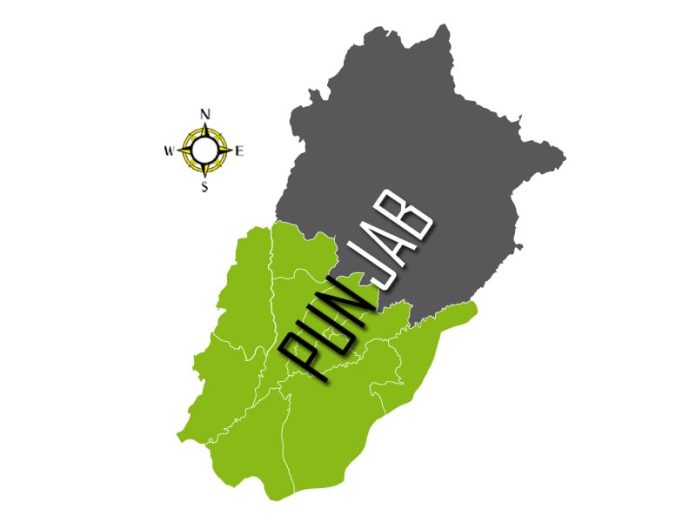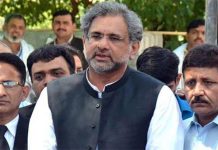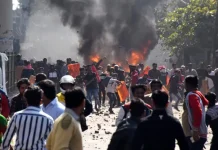Pakistan happens to be a federation with constitutionally mandated power-sharing arrangements between the state and provinces. Diversity in the country is such that countless entities are home to it including varying ethnicities, linguistics & religious schools of thought. But even so with that, this country dawdles, when it comes to forming new administrative units. Being the world’s 5th most populous country, it is a shame that it only has four provinces, two autonomous territories, and one federally operated region.
When drawing comparisons with global powers and neighboring countries in this context, Pakistan falls behind dearly. Developed nations, such as Turkey and the United States, have 81 provinces and 50 states, respectively, whereas our neighbors, China and India, respectively have 34 and 36 administrative units.
Long-standing calls for new provinces have been made for a variety of reasons, but they have failed to bear fruit. Options present are such, that Punjab could be divided into Saraiki and Bahawalpur units. Sindh can be divided into three divisions: Karachi, Urdu Speaking, and Mohajir. Balochistan can be partitioned around the Pashtun belt, and KPK could have one more unit in Hazara. Though the fact, that it is a very significant topic, perhaps an existential matter, cannot be overlooked, and hence must be thoroughly researched and discussed before any final judgment can be reached.
The difficulty of governing larger provinces, unequal provincial make-up, inefficient local administration, biased economic spending, grievances of provincial minorities, lack of nationally representative political parties, and a strengthened federation were some of the major issues that sparked this debate.
Residents of Kot Sabzal, a small village in Punjab’s Rahim Yar Khan district, must travel 634 kilometers to reach their provincial capital, Lahore. The situation is much worse in Balochistan, where the distance between Jiwani, a coastal hamlet, and Quetta, the province capital, is 980 kilometers. This onerous distance element, when combined with volatile law and order situations, inadequate check and balance on all fronts, and difficulties the public has in attempting to contact authorities, are only a few of the issues that come with running big provinces.
Another factor that contributes to the demand for new provinces is the uneven makeup of provinces. Punjab is the most populous in terms of population, and as a result, it has power in political, economic, and administrative matters. It not only has the most seats in the National Assembly, but it also has the greatest NFC share and access to maximum resources. Resultantly, it is more developed than the rest. Punjab’s average HDI in 2018 was 0.732, compared to 0.421 in Balochistan.
Another factor that is brought up while discussing the downsides of larger provinces is the incompetence of local government. It’s hard to believe, but before 2015, there was no municipal government organization. When the SC ordered LB elections, there was no administrative authority to carry out the mandate, and even raising the necessary finances became a problem. This highlighted the administrative problems, even more, reinforcing the calls for new provinces.
There are splits, even within provinces that are exacerbating the problem and skewed economic growth is one such issue that cannot be ignored. Central Punjab is more developed and industrialized than South Punjab, which is mainly agricultural. When it comes to Sindh, Karachi is far more advanced than the rest of the province. The same is true for the capitals of other provinces, which are rewarded and favored more and because of political importance, more emphasis is placed on already modernized areas. Even amongst cities in the same province, the HDI disparities indicate a staggering variance. For example, Lahore has a promising 0.877 HDI, whereas Rajanpur has only 0.506 HDI, which raises questions. Karachi has a high HDI of 0.854, while Thar, with its inequities, has a low HDI of 0.227.
Add to that the frustrations of provincial minorities who are marginalized economically and politically. In addition, not having political parties that can be considered as national representatives, fosters violent separatist movements and furthers isolation. And, since national and provincial assemblies are dominated by majority groups, there is no platform to confront this inequity. The strength of the federation is another crucial thing to consider here. Smaller provinces will allow the federation to have a greater role in eradicating separatist inclinations and promoting national integration.
To sum up, Imran Khan-led Pakistan Tehreek-e-Insaf government (PTI) needs to follow through on its promise of creating additional provinces in Pakistan. It will aid in the resolution of grievances and concerns of provincial minorities while also promoting economic development. Increased administrative efficiency and enhanced law and order will be visible by a more even allocation of funds around the country. India, which is currently the 5th largest growing economy in the world & a technological hotspot began forming additional provinces right after independence. In Pakistan, however, the attention was on a failed one-unit policy, which ultimately culminated in a humiliating fiasco in East Pakistan.









